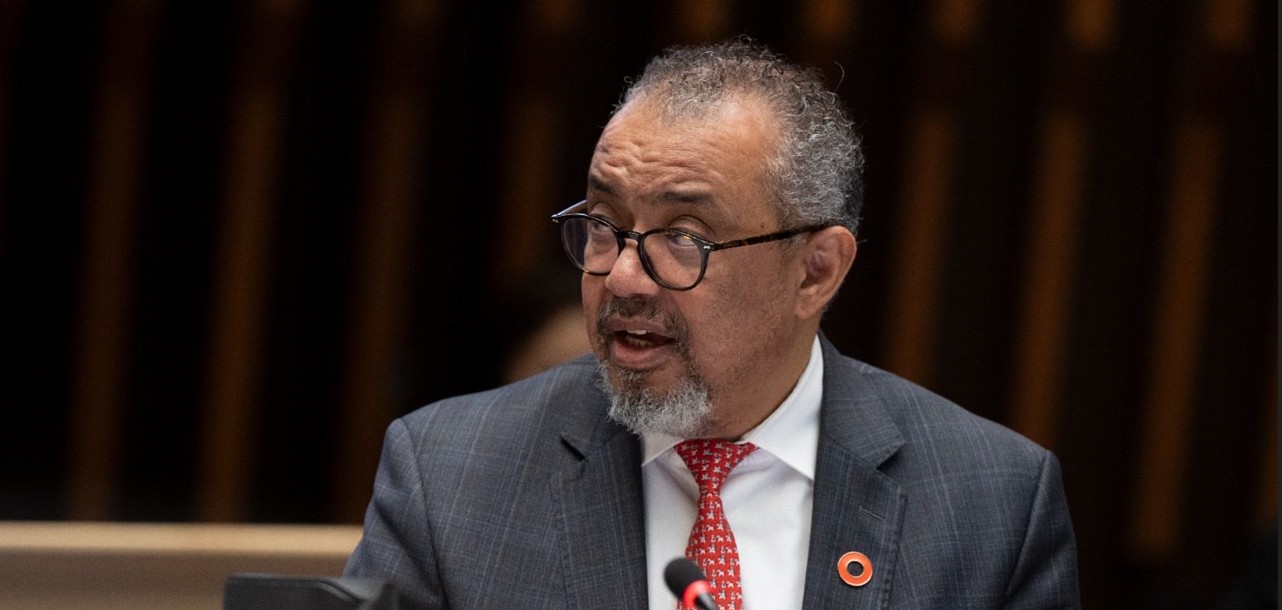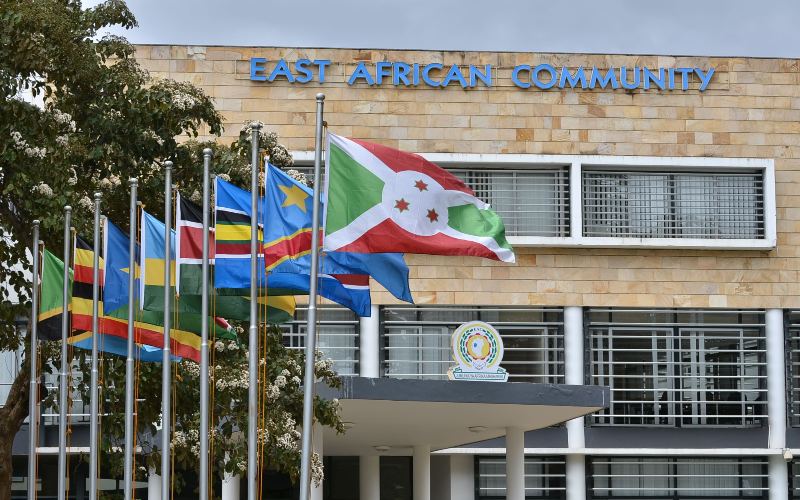Experts at COP30 launch Sh39 billion plan to shield hospitals from climate threats

The plan has already secured a $300 million (Sh39 billion) pledge, signalling increasing political will to confront the escalating health emergency.
Global health experts and climate negotiators at COP30 have raised the alarm over the growing threat that extreme weather poses to health systems worldwide.
In response, they unveiled and endorsed an ambitious rescue plan aimed at shielding hospitals and clinics from climate-related shutdowns.
More To Read
- COP30: Leaders endorse pledge to quadruple clean fuel use by 2035
- What’s at stake in the COP30 negotiations?
- Tana River County champions people-centred climate solutions at COP30
- Major global emitters off track, no country strong enough to meet climate targets - report
- African activists rally and challenge COP30 agenda
- Indigenous voices at COP30: The Amazon speaks – will the world listen?
Dubbed the Belém Health Action Plan (BHAP), the flagship initiative is designed to help governments strengthen health infrastructure amid rising climate shocks.
The plan has already secured a $300 million (Sh39 billion) pledge, signalling increasing political will to confront the escalating health emergency.
By the close of the summit on November 21, BHAP had received 80 endorsements from 30 countries and 50 partners, including civil society organisations, international agencies, and governments.
A special report on health and climate change released during the summit revealed that hospitals now face a 41 per cent higher risk of damage from extreme weather than in 1990.
This vulnerability is intensifying as climate impacts accelerate worldwide. Over 540,000 people die from extreme heat each year, and one in 12 hospitals globally is at risk of climate-related shutdowns, according to new World Health Organisation (WHO) data.
With global temperatures already exceeding the 1.5°C threshold, the report stresses that climate-driven threats to health infrastructure are no longer future risks but present realities demanding immediate action.
The report also highlights that 3.3 to 3.6 billion people live in regions highly vulnerable to climate change.
Fresh evidence shows hospitals worldwide are already strained by rising temperatures, collapsing health systems, and weather-related impacts that could worsen without decisive intervention.
WHO Director-General Tedros Adhanom Ghebreyesus reaffirmed the urgency: “The climate crisis is a health crisis, not in the distant future, but here and now,” Tedros said.
However, the report warns that without rapid decarbonization, the number of health facilities at risk could double by mid-century, exposing millions more people to life-threatening service disruptions.
It points to major gaps in national planning: only 54 per cent of national health adaptation plans assess risks to hospitals, and even fewer account for how climate change affects populations differently.
Fewer than 30 per cent of studies consider income, 20 per cent examine gender impacts, and Less than 1 per cent include disability considerations.
These disparities, experts warn, could leave the most vulnerable communities exposed during climate-related disasters.
Despite the alarming statistics, progress has been made. Between 2015 and 2023, the number of countries with national multi-hazard early warning systems doubled to 101, now covering two-thirds of the global population.
Still, only 46 per cent of least developed countries and 39 per cent of small island developing states have effective systems in place.
The report concludes that while evidence is now sufficient to scale up action, adaptation strategies must also address deeper inequalities or risk falling short.
Top Stories Today












































